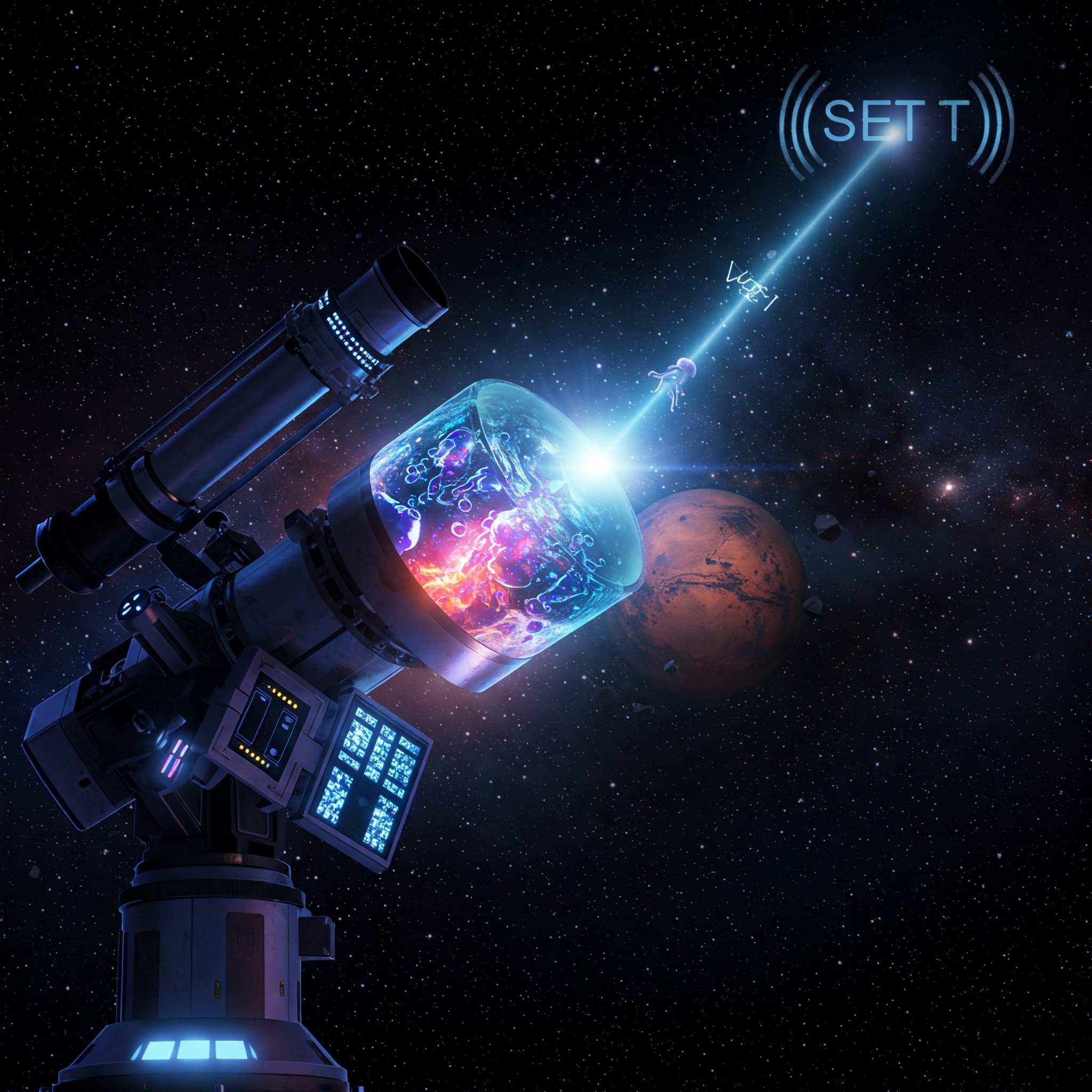For centuries, humans have wondered: Are we the only intelligent life forms in the universe? The search for extraterrestrial life is one of the most exciting areas of scientific exploration. From looking for microbes on Mars to scanning distant exoplanets for signs of habitability, scientists are determined to answer this age-old question.

1. What Is Extraterrestrial Life?
Extraterrestrial life refers to life that exists outside Earth. It could range from simple microorganisms to complex, intelligent beings. So far, we have not found any definitive proof of extraterrestrial life, but the search continues.
Scientists are particularly interested in:
-
Microbial life (bacteria, fungi, or other microorganisms)
-
Complex life (plants, animals, or even intelligent civilizations)
-
Life in extreme environments (life forms that thrive in harsh conditions, like deep-sea vents or under the ice of Europa)
2. Where Are Scientists Looking?
Scientists focus their search on places that could potentially support life:
-
Mars: Evidence of water, ancient riverbeds, and underground ice make Mars a prime candidate for past or present life. Missions like NASA’s Perseverance rover are exploring the surface to find signs of ancient microbial life.
-
Europa: One of Jupiter’s moons, Europa has a subsurface ocean beneath its icy crust. This ocean could harbor the conditions needed for life.
-
Exoplanets: Planets orbiting other stars (called exoplanets) are increasingly becoming the focus of astronomers. By studying the atmosphere and surface conditions, scientists look for planets that are in the habitable zone—where conditions might be right for liquid water to exist.
3. The Search for Signals: SETI
The Search for Extraterrestrial Intelligence (SETI) involves scanning the skies for signals from alien civilizations. SETI uses radio telescopes to listen for unusual patterns that could indicate intelligent life. While no signals have been detected yet, the search continues with ever-more advanced technology.
Some scientists also look for laser pulses or other forms of communication that might be used by extraterrestrial civilizations.
4. The Drake Equation: Estimating the Odds
One of the most famous scientific tools in the search for extraterrestrial life is the Drake Equation. It’s a formula that estimates the number of advanced civilizations in our galaxy based on factors like:
-
The rate of star formation
-
The fraction of stars with planets
-
The number of planets that could support life
-
The likelihood of intelligent life developing
The equation helps scientists make educated guesses about how many other intelligent civilizations might exist, though its results can vary widely depending on the values used.
5. What If We Find Life?
The discovery of extraterrestrial life would be a monumental event. It could change our understanding of biology, philosophy, and even religion. If microbial life were found on Mars or Europa, it would confirm that life can arise in multiple places in the universe, making the possibility of intelligent alien civilizations more likely.
6. The Fermi Paradox: Where Is Everyone?
While the search continues, we face the Fermi Paradox: if there are so many potential habitable planets in the galaxy, why haven’t we encountered any evidence of intelligent life? Several theories attempt to answer this paradox, including:
-
Advanced civilizations may be rare or too far away
-
Aliens may not be using technologies we can detect
-
Civilizations may self-destruct before they can reach us
Conclusion
The search for extraterrestrial life is one of humanity’s greatest scientific endeavors. While we’ve yet to find definitive proof, every new discovery—from Mars to distant exoplanets—brings us one step closer to answering the question: Are we alone in the universe?


